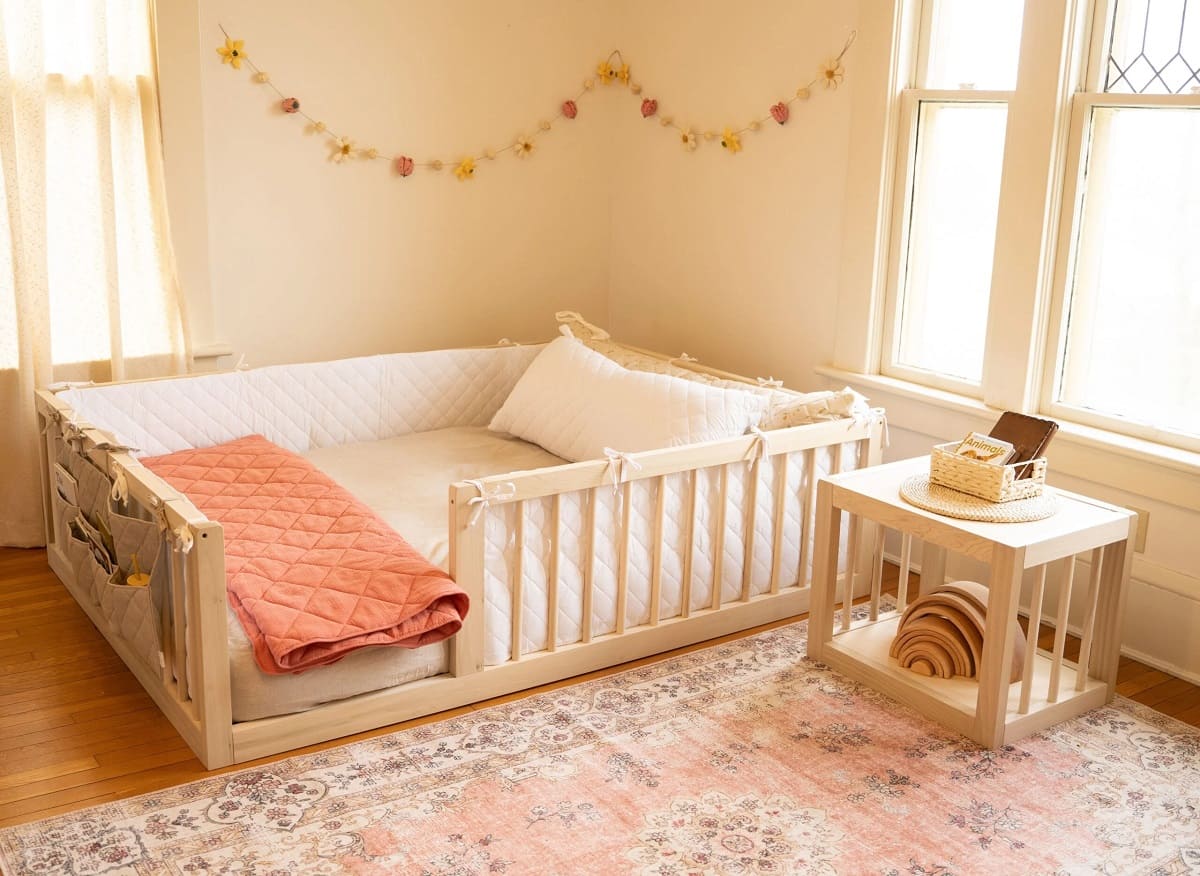

Articles
How To Make A Montessori Floor Bed
Modified: October 28, 2024
Learn how to create a Montessori floor bed for your child with our informative articles. Discover the benefits and steps to implement this unique sleeping arrangement.
(Many of the links in this article redirect to a specific reviewed product. Your purchase of these products through affiliate links helps to generate commission for Storables.com, at no extra cost. Learn more)
Introduction
The Montessori method of education has gained popularity for its child-centered approach and emphasis on independence, exploration, and self-directed learning. One of the key elements of the Montessori philosophy is the use of a floor bed for young children. Unlike traditional cribs or toddler beds, a Montessori floor bed allows children to move freely and have more control over their sleeping environment.
In this article, we will explore the benefits of using a Montessori floor bed, how to choose the right mattress, creating a safe and stimulating environment, preparing the sleeping area, transitioning your child to a floor bed, establishing routines and boundaries, and answer some frequently asked questions. So, whether you are a parent or an educator, read on to discover how to make a Montessori floor bed a part of your child’s sleep routine.
Key Takeaways:
- Embracing a Montessori floor bed fosters independence, sensory exploration, and cognitive development in children, creating a nurturing and empowering sleep environment.
- Choosing the right mattress, creating a safe and stimulating environment, and establishing routines are essential for a successful transition to a Montessori floor bed.
Read more: How To Make A Floor Bed Frame
Benefits of a Montessori Floor Bed
A Montessori floor bed offers a range of benefits for children and their overall development. Here are some key advantages:
- Promotes independence: A floor bed allows children to independently enter and exit their sleeping space, providing them with a sense of autonomy and freedom. They can make choices about when to sleep and when to wake up, helping them develop self-regulation skills.
- Encourages movement and exploration: By having a floor bed, children have the freedom to move around their sleeping area, allowing for increased mobility and physical exploration during naptime and bedtime. This promotes gross motor development and a deeper connection with their surroundings.
- Fosters sensory exploration: Sleeping on a floor bed exposes children to different textures, temperatures, and sensory stimuli from the environment. This fosters sensory exploration and helps develop their senses as they interact with the various elements of their sleeping space.
- Promotes cognitive development: A Montessori floor bed encourages children to think and problem-solve independently. They learn to make decisions about their sleep routine, such as when to rest or engage in quiet activities. This promotes cognitive skills, critical thinking, and decision-making abilities.
- Enhances body awareness: With a floor bed, children are more aware of their body and its positioning while sleeping. They can practice movements such as rolling over or getting up, enhancing their proprioception and spatial awareness. This also enables them to develop balance and coordination skills.
- Supports a positive sleep environment: A floor bed creates a peaceful and calming sleep space for children. They are not confined to the boundaries of a crib, enabling them to experience a sense of security while being able to freely explore their environment. This can contribute to better sleep quality and a positive association with bedtime.
By incorporating a Montessori floor bed into your child’s sleep routine, you can provide them with a nurturing and empowering sleeping environment that supports their physical, cognitive, and emotional growth.
Choosing the Right Mattress
When it comes to selecting a mattress for a Montessori floor bed, there are a few key factors to consider. Here are some tips to help you choose the right mattress:
- Opt for a firm mattress: A firm mattress provides the necessary support for your child’s growing body. It promotes healthy spine alignment and reduces the risk of suffocation or SIDS (Sudden Infant Death Syndrome).
- Choose a breathable material: Look for a mattress made from breathable materials like natural latex or organic cotton. These materials allow for proper airflow, temperature regulation, and moisture wicking, ensuring a comfortable and safe sleep environment.
- Consider mattress thickness: Ideally, the mattress should be relatively thin to maintain the low height of the floor bed. A thickness of 4 to 6 inches is usually sufficient, providing comfort without compromising safety.
- Ensure it is hypoallergenic: To minimize the risk of allergies or sensitivities, choose a mattress that is hypoallergenic and free from harmful substances such as harsh chemicals, dyes, or synthetic materials.
- Check for waterproof properties: Accidents happen, especially during the potty training phase. Opt for a mattress with a waterproof cover or use a removable mattress protector to ensure easy cleanup and maintain the hygiene of the bed.
- Consider long-term use: As your child grows, it’s important to invest in a mattress that can accommodate their changing needs. Look for a mattress with good durability that can provide comfortable sleep for several years.
Remember to always check the manufacturer’s guidelines and recommendations before purchasing a mattress for your Montessori floor bed. Additionally, be sure to follow safety standards and guidelines regarding mattress firmness and size to ensure the well-being of your child while they sleep.
Creating a Safe and Stimulating Environment
A well-designed and safe sleeping environment is essential for a Montessori floor bed. Here are some tips to help you create a safe and stimulating space:
- Clear the space: Remove any potential hazards or obstacles from the area around the floor bed. Make sure there are no loose cords, sharp edges, or small objects that could pose a choking hazard. Childproof the room as needed.
- Create a peaceful ambiance: Use soft lighting, such as a nightlight or dimmed lamp, to create a calm and soothing atmosphere. This can help your child relax and transition into sleep more easily.
- Provide age-appropriate toys and books: Place a few carefully selected toys and books within your child’s reach. These toys should encourage exploration, imagination, and independent play. Consider rotating the toys periodically to keep the environment stimulating.
- Consider light stimulation: Hang a mobile or wind chime near the floor bed to provide gentle visual and auditory stimulation. Avoid anything that could be distracting or overly stimulating, as the purpose is to create a tranquil sleep environment.
- Encourage sensory exploration: Add a soft rug or sensory mat near the floor bed to allow your child to explore different textures and engage their sense of touch. This can enhance sensory development and provide a comfortable and cozy space for playtime.
- Ensure proper ventilation: Maintain good airflow in the room by opening windows or using a fan to ensure fresh air circulation. Adequate ventilation helps regulate temperature and create a healthier sleeping environment.
- Secure the floor bed: Make sure the floor bed is secure and stable. Double-check that it is not wobbly or unsteady. Additionally, ensure there are no gaps or spaces between the mattress and the bed frame where your child could get stuck.
By creating a safe and stimulating environment, you provide your child with the tools they need to explore, learn, and rest peacefully in their Montessori floor bed. Remember to regularly assess and adjust the environment based on your child’s age, developmental stage, and individual needs.
Preparing the Sleeping Area
Preparing the sleeping area for a Montessori floor bed involves thoughtful consideration of the space and the elements within it. Here are some steps to help you create an inviting and soothing sleeping area:
- Select the ideal location: Choose a quiet and peaceful corner of the room for the floor bed. This creates a designated sleep space that is separate from other play or activity areas.
- Use a low-profile bed frame: Opt for a bed frame that is close to the ground or a mattress directly on the floor. This ensures easy and safe access for your child, especially if they are transitioning from a crib.
- Add soft bedding: Place a fitted sheet over the mattress and add a cozy blanket or lightweight comforter for your child’s comfort. Avoid using pillows or bulky bedding until your child is older to reduce the risk of suffocation.
- Create a calm sleep environment: Consider using blackout curtains or blinds to minimize external light and create a dark, peaceful atmosphere. This can help your child establish healthy sleep habits by promoting a conducive environment for sleep.
- Organize sleep essentials nearby: Have a small shelf or basket next to the floor bed with essentials such as a water bottle, a small nightlight, and a few books within easy reach. This allows your child to independently access these items when needed, promoting a sense of responsibility.
- Keep the surroundings clutter-free: Ensure the immediate environment around the floor bed is tidy and free from unnecessary clutter. This helps promote a sense of tranquility and allows your child to focus on winding down and falling asleep.
- Consider safety measures: Install baby gates or barriers if needed to prevent your child from wandering out of the sleep area unsupervised. Additionally, cover electrical outlets, secure cords, and anchor furniture to the wall to minimize potential hazards.
By thoughtfully preparing the sleeping area, you create a cozy and inviting space for your child to rest and recharge. It also facilitates their growing independence and encourages a positive association with sleep.
When setting up a Montessori floor bed, make sure to choose a mattress that is firm and low to the ground to promote independence and safety for your child.
Read more: How To Make A Bed
Transitioning your child to a Montessori Floor Bed
Transitioning your child from a crib to a Montessori floor bed requires a gradual and supportive approach. Here are some steps to help ensure a smooth transition:
- Introduce the concept: Start by discussing the idea of a “big kid bed” with your child. Show them pictures or books about floor beds and explain how it will allow them to have more freedom and independence during sleep time.
- Involve your child: Let your child take part in the selection or preparation of their floor bed. This could include choosing bedding, selecting a special stuffed animal or pillow, or arranging their sleep area. This involvement helps foster a sense of ownership and excitement about their new sleeping arrangement.
- Begin with daytime naps: Initially, introduce the floor bed during daytime naps to allow your child to become familiar with the new sleeping space. This gradual approach helps them adjust to the change without feeling overwhelmed.
- Establish a bedtime routine: Maintain a consistent and soothing bedtime routine to signal to your child that it’s time to wind down and sleep. This routine can include activities such as reading a book, singing a lullaby, or having a gentle conversation before putting them into their floor bed.
- Offer reassurance and support: If your child experiences any anxiety or resistance during the transition, provide extra comfort and reassurance. Stay close to them during the settling-in period, offering gentle encouragement and soothing words.
- Be prepared for adjustments: Understand that the transition may not be seamless, and your child might have occasional difficulty adjusting to the floor bed. Be patient and flexible, allowing them time to adapt and providing extra support as needed.
- Ensure a safe sleep environment: As your child transitions to a floor bed, ensure their surroundings are safe and free from hazards. Use bed rails if necessary, secure furniture, and ensure that any cords or electrical outlets are out of reach.
Remember, every child is unique, and the transition to a Montessori floor bed may vary in timing and ease. Stay attuned to your child’s needs and adjust the pace accordingly. With patience, consistency, and a supportive approach, your child will gradually acclimate to their new sleeping arrangement and embrace the independence it offers.
Establishing Routines and Boundaries
Establishing routines and boundaries is essential when incorporating a Montessori floor bed into your child’s sleep routine. This helps promote healthy sleep habits and provides a sense of structure and security. Here are some tips to help you establish effective routines and boundaries:
- Consistent sleep schedule: Establish a consistent sleep schedule for your child, with regular bedtimes and wake-up times. Consistency helps regulate their internal body clock and promotes better sleep quality.
- Pre-bedtime wind-down: Prior to bedtime, create a calming routine to signal to your child that it’s time to wind down. This could include activities such as a warm bath, reading a book, or engaging in a quiet, relaxing activity together.
- Provide gentle reminders: Use visual cues to remind your child of the bedtime routine. This could be a picture or a checklist that outlines the steps to follow, helping them understand and follow the established routine independently.
- Set clear expectations: Establish clear boundaries and expectations regarding behavior during sleep time. Communicate with your child about the importance of staying in their bed and the reasons for doing so.
- Encourage self-soothing: Help your child develop self-soothing techniques to calm themselves to sleep. This could include gentle massages, deep breathing exercises, or using a comfort object such as a stuffed animal or blanket.
- Be firm and consistent: If your child tries to get out of bed or resist going to sleep, gently but firmly guide them back to their bed and remind them of the established boundaries. Stay consistent in reinforcing these boundaries to help them understand and respect the rules.
- Encourage independence: Empower your child to independently get in and out of bed when they wake up. This fosters their sense of autonomy and self-confidence.
- Monitor and adjust: Monitor your child’s sleep patterns and adjust the routine and boundaries as necessary. Every child is unique, so stay attuned to their individual needs and make any necessary modifications to ensure a restful and fulfilling sleep experience.
Remember, consistency and clear communication are key when establishing routines and boundaries. By implementing these strategies, you create a structured and supportive sleep environment that promotes healthy sleep habits and encourages your child’s independence.
Frequently Asked Questions
Here are some frequently asked questions about Montessori floor beds:
- At what age can I transition my child to a floor bed?
- Is the floor bed safe for infants?
- What if my child falls off the floor bed?
- Can I still use a floor bed if my child has sleep difficulties?
- Can I use a regular mattress for a floor bed?
- Can I use a floor bed for multiple children in the same room?
The ideal age to transition to a floor bed can vary, but most children make the move between 18 months and 3 years old. However, it ultimately depends on your child’s development and readiness. Observing their ability to climb in and out of a bed and their understanding of boundaries can help determine when they are ready.
It is generally recommended to introduce a Montessori floor bed once your child has passed the stage of rolling over and is able to move independently. Always follow safety guidelines regarding mattress firmness, proper bedding, and a safe sleeping environment.
Transitioning to a floor bed may include some adjustments for both you and your child. To ensure their safety, consider using bed rails or placing a soft mat or pillows on the floor beside the bed as a precautionary measure. Over time, your child will develop better spatial awareness and learn to navigate the bed safely.
A floor bed can still be beneficial for children with sleep difficulties. However, it is important to address any underlying sleep issues and establish consistent routines and boundaries to support healthy sleep habits. Consult with a pediatrician or sleep specialist for guidance if needed.
While a regular mattress can be used, it’s important to choose one that is firm and supportive. Avoid overly plush or pillow-top mattresses to reduce the risk of suffocation and ensure proper spinal alignment.
Yes, Montessori floor beds can be used for multiple children in the same room. Be sure to allocate enough space and establish clear boundaries for each child’s sleeping area. Individualizing bedding and personalizing each sleeping space can help create a sense of ownership for each child.
If you have additional questions or concerns about incorporating a Montessori floor bed into your child’s sleep routine, consult with a Montessori educator or a pediatrician who can provide guidance and support based on your specific situation.
Conclusion
Incorporating a Montessori floor bed into your child’s sleep routine can have numerous benefits for their development and independence. By allowing them the freedom to move and explore within their sleeping environment, a floor bed promotes autonomy, sensory exploration, and cognitive growth.
When choosing a mattress for the floor bed, prioritize firmness, breathability, and hypoallergenic properties. Creating a safe and stimulating sleeping environment involves removing hazards, adding gentle sensory stimulation, and providing age-appropriate toys and books.
Transitioning your child to a Montessori floor bed requires patience, involvement, and gentle guidance. Establishing routines and boundaries, along with consistent sleep schedules, helps promote healthy sleep habits and a sense of security.
As with any transition, there may be challenges along the way. However, by following the tips and strategies outlined in this article, you can create a comforting and empowering sleeping environment for your child.
Remember, every child is unique, and the timing and approach may vary. Stay attuned to your child’s needs, adjust as necessary, and seek guidance from professionals when needed.
By embracing the Montessori philosophy and implementing a floor bed, you provide your child with the opportunity to develop independence, self-regulation, and a positive association with sleep. So, get started today and see the benefits of a Montessori floor bed firsthand in your child’s sleep routine!
Frequently Asked Questions about How To Make A Montessori Floor Bed
Was this page helpful?
At Storables.com, we guarantee accurate and reliable information. Our content, validated by Expert Board Contributors, is crafted following stringent Editorial Policies. We're committed to providing you with well-researched, expert-backed insights for all your informational needs.
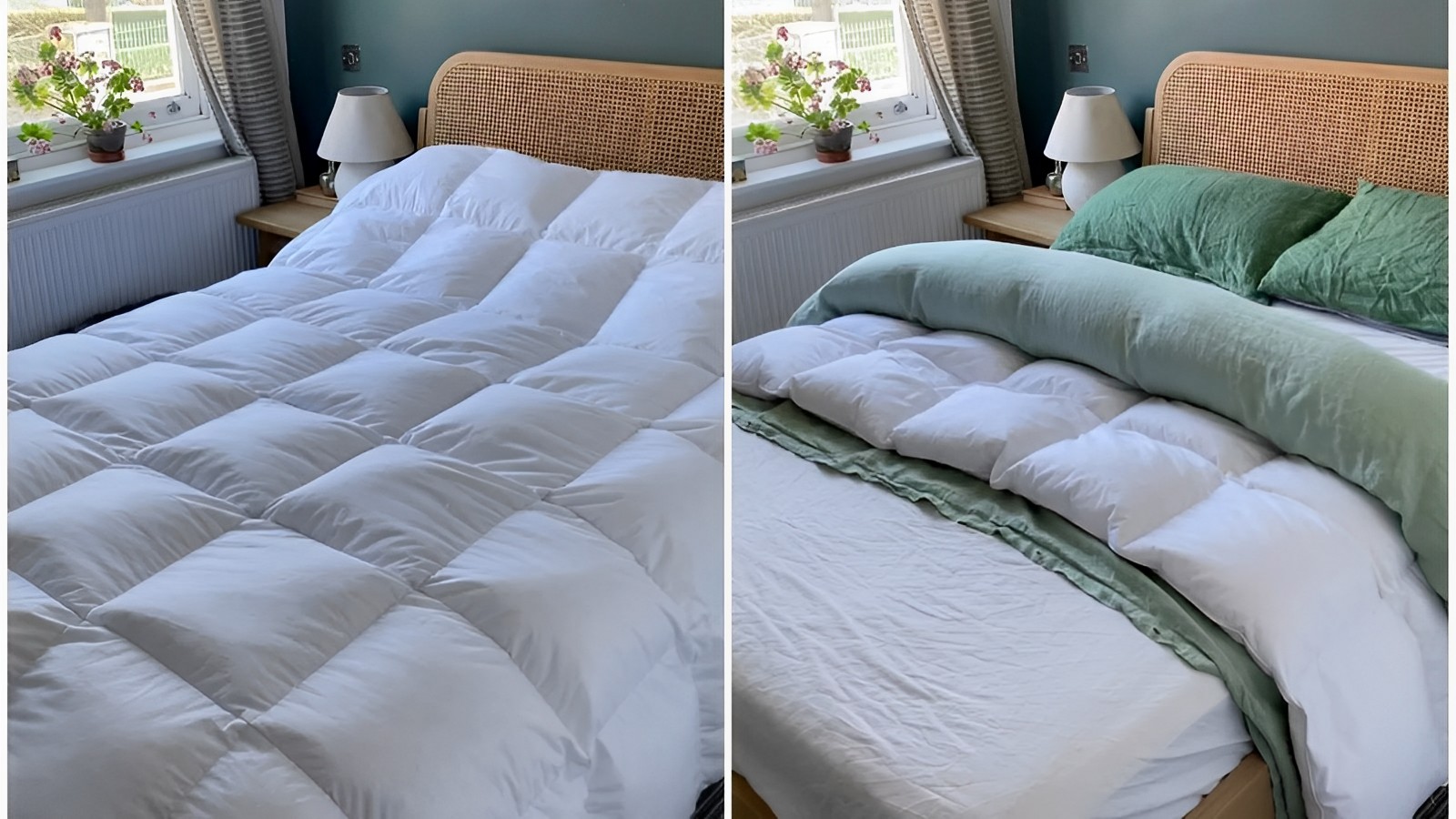
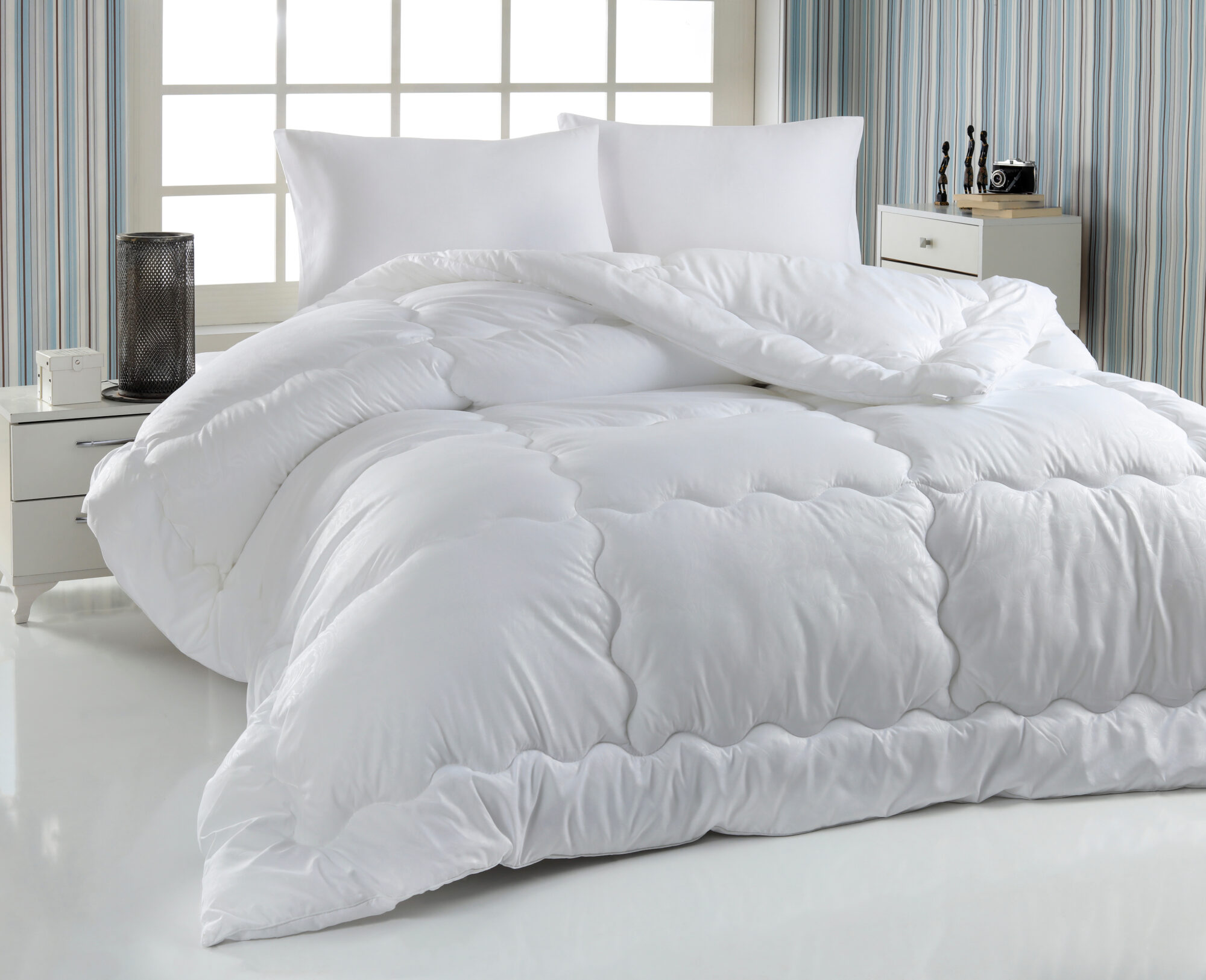
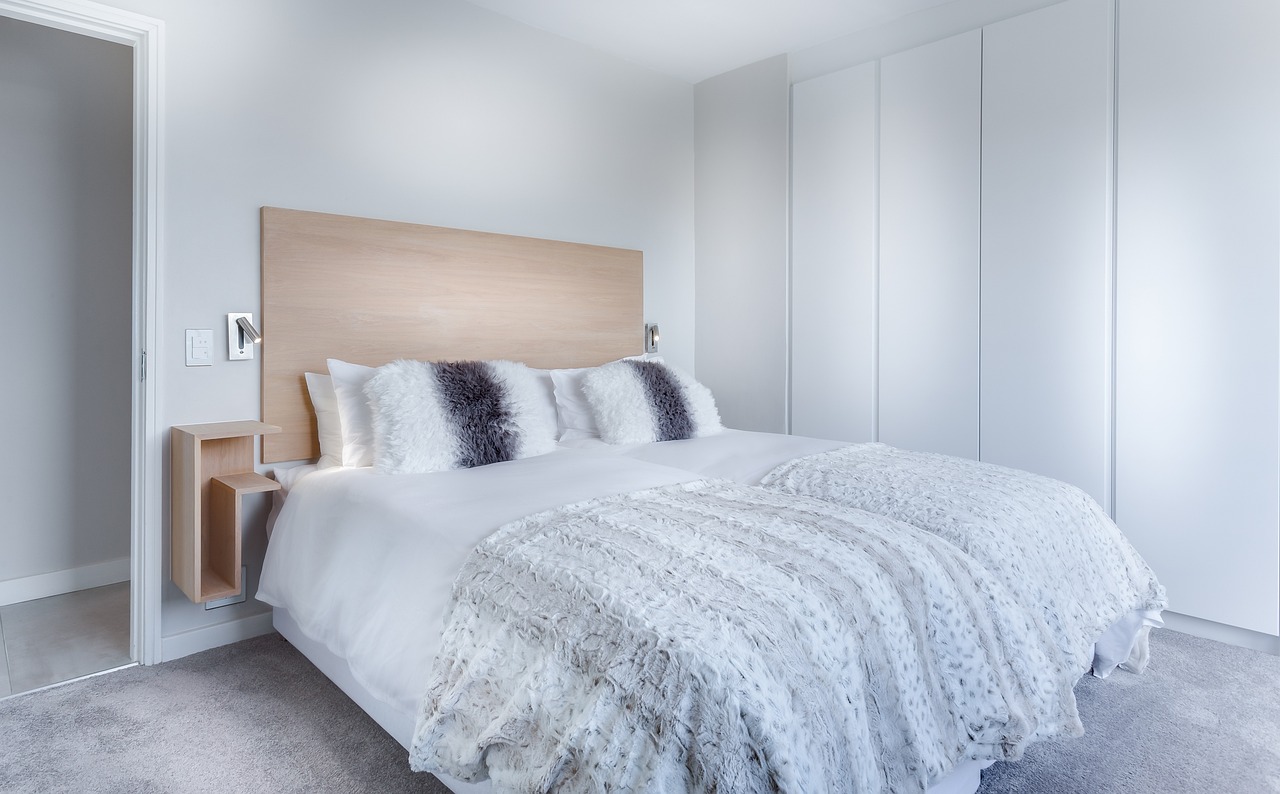
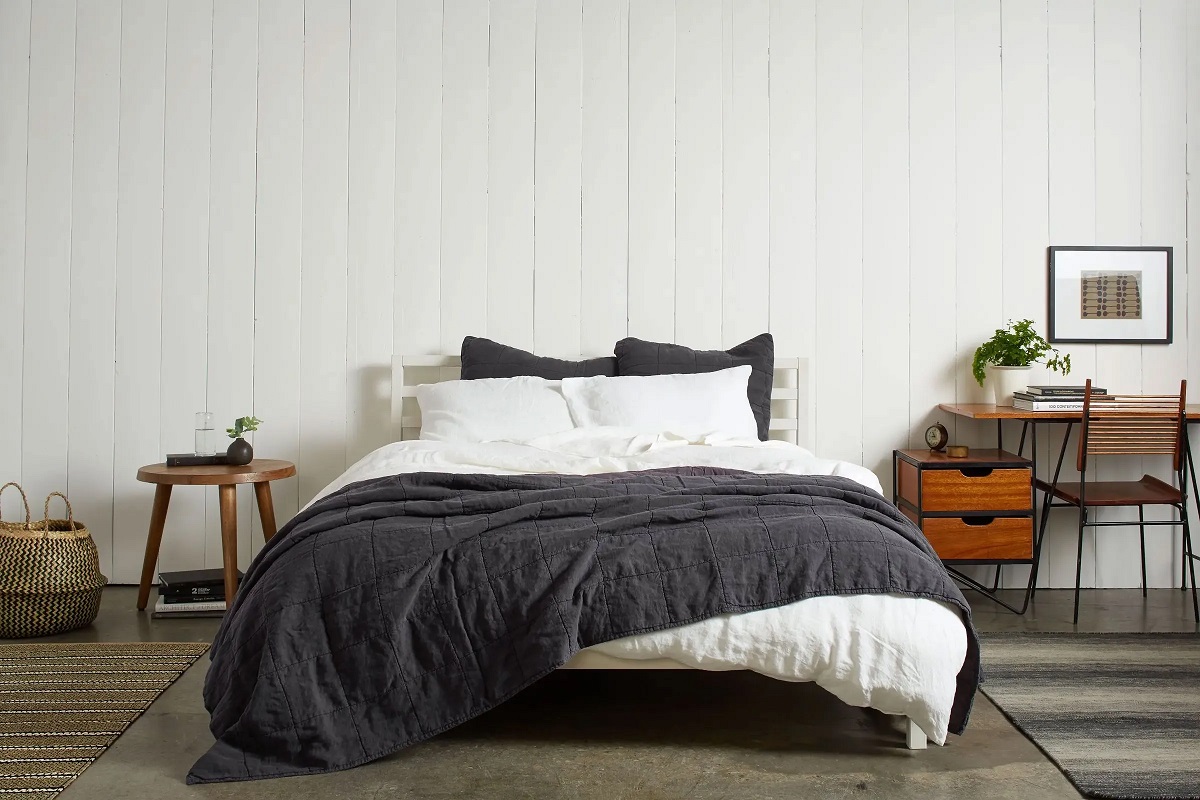
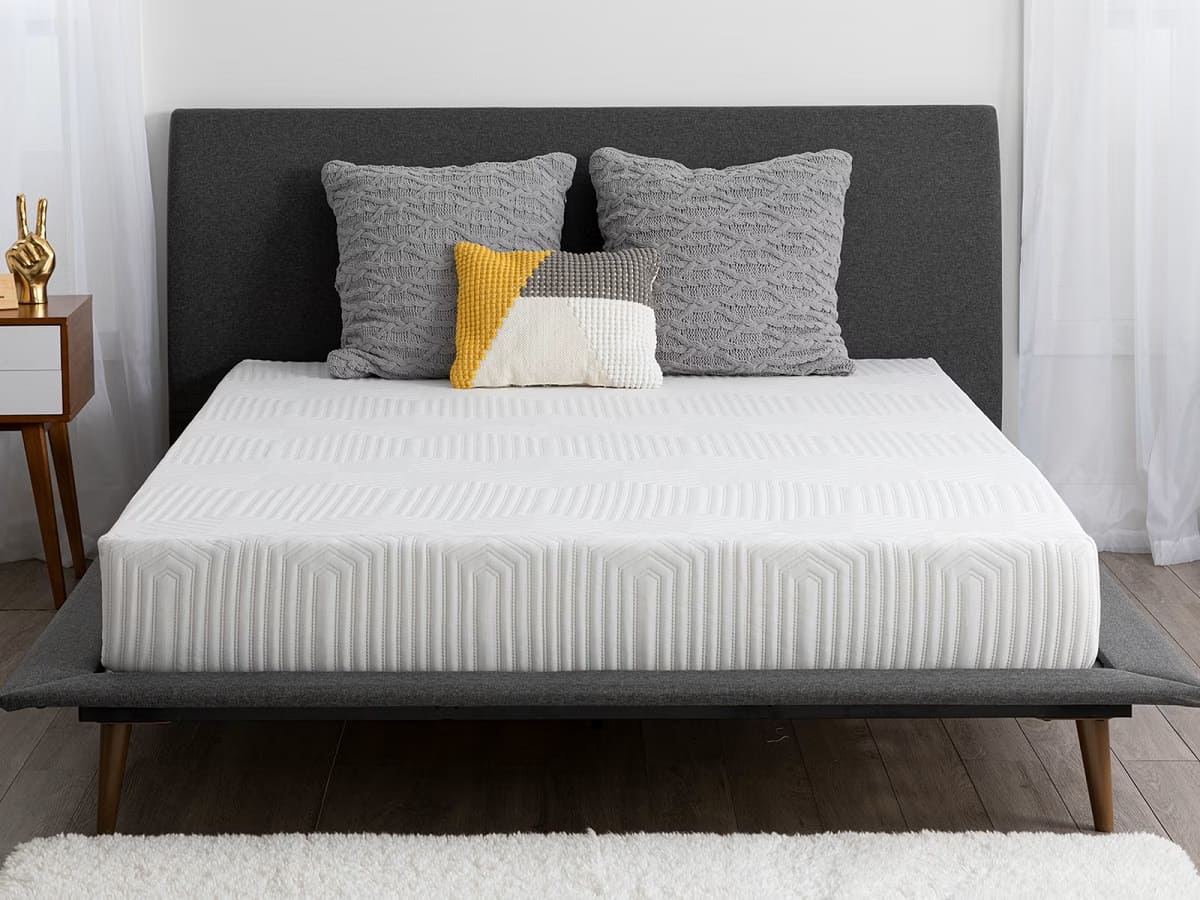
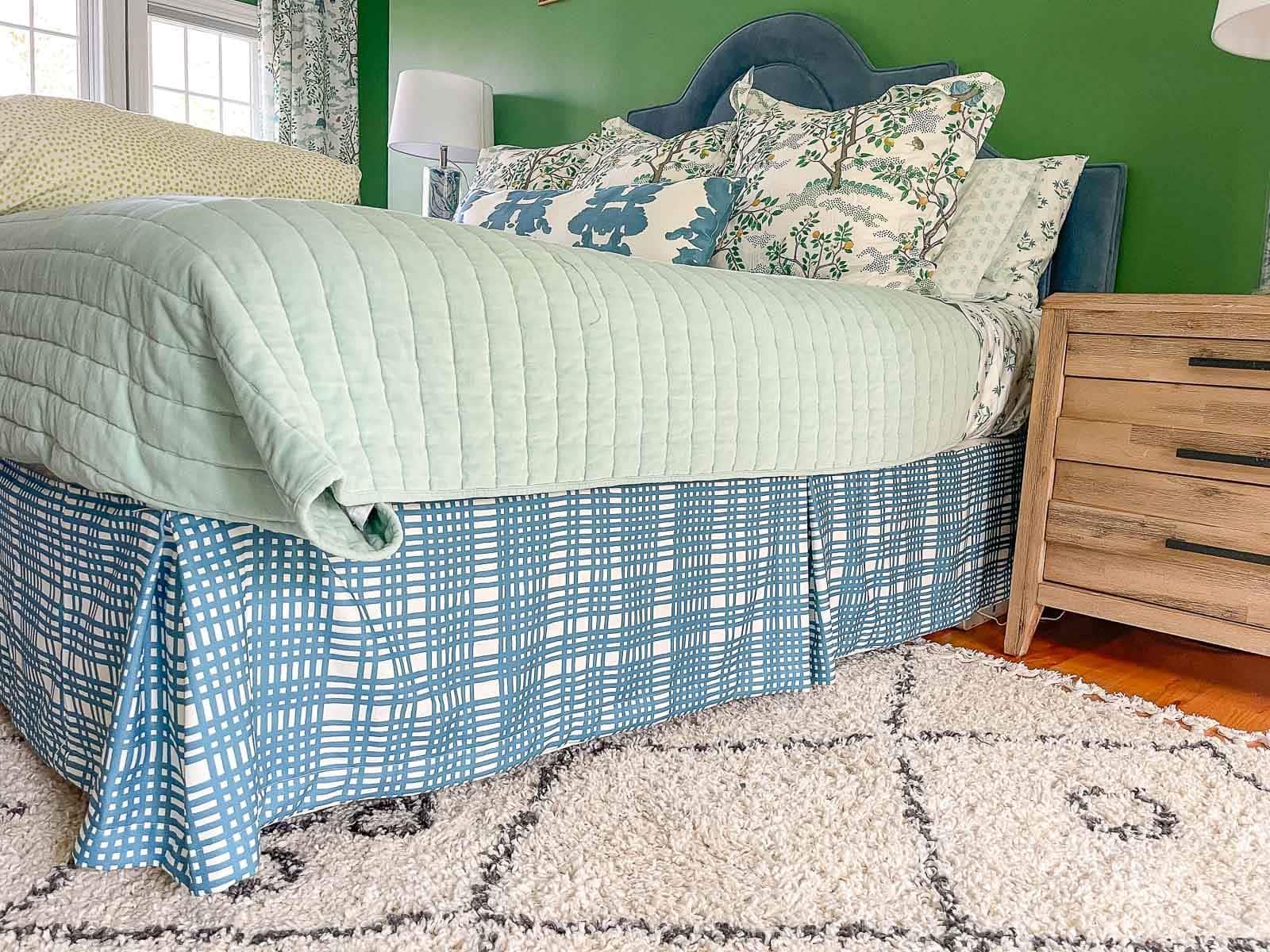
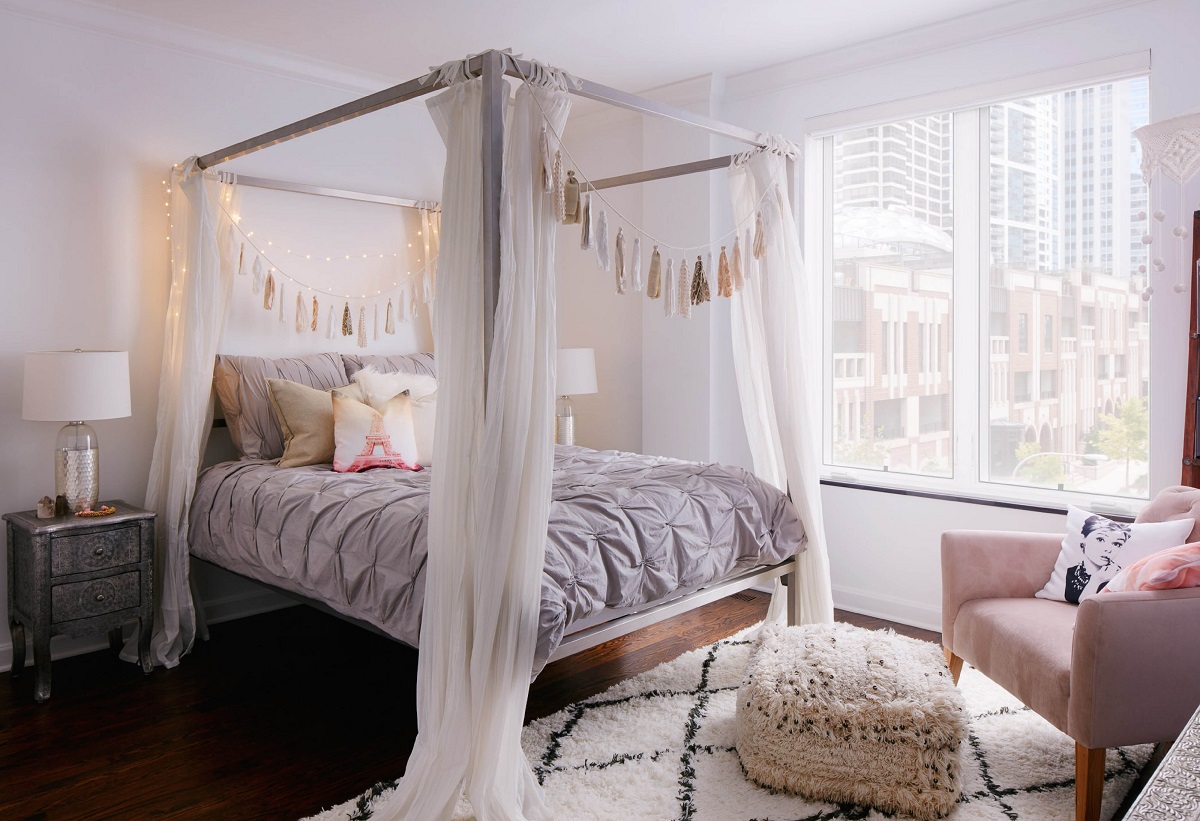
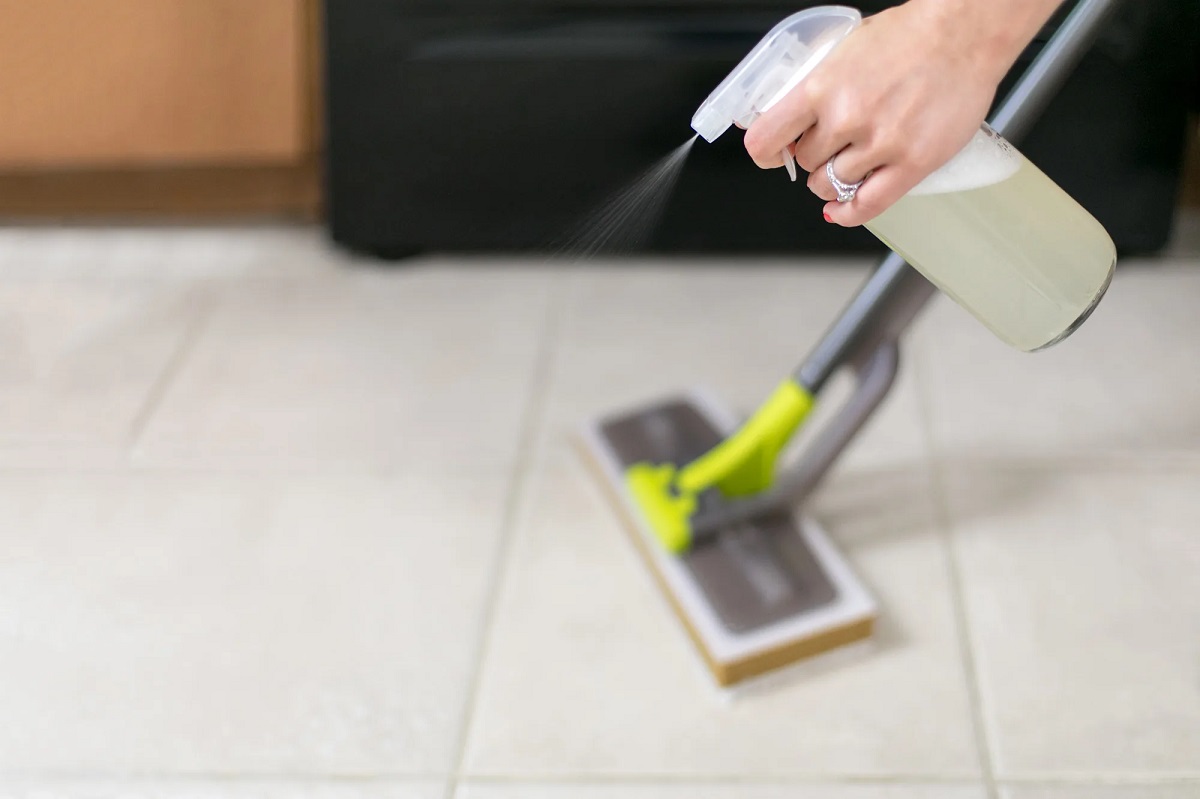
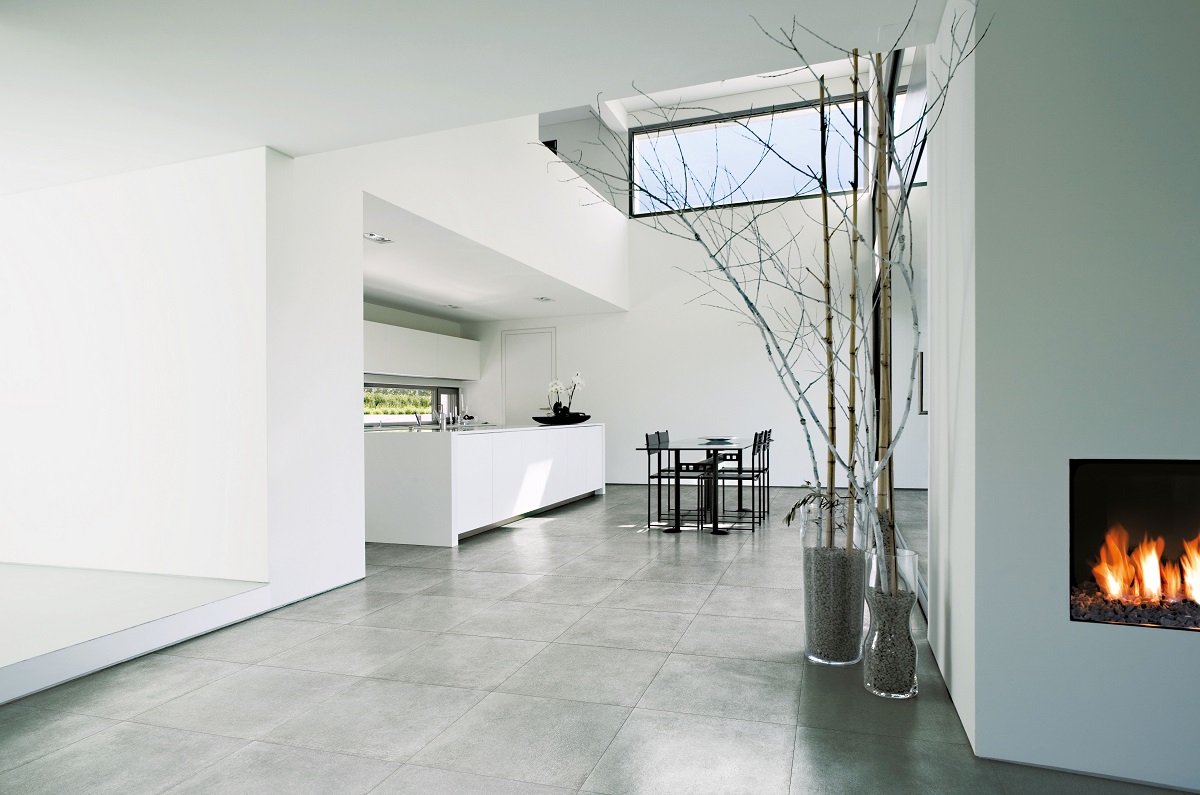
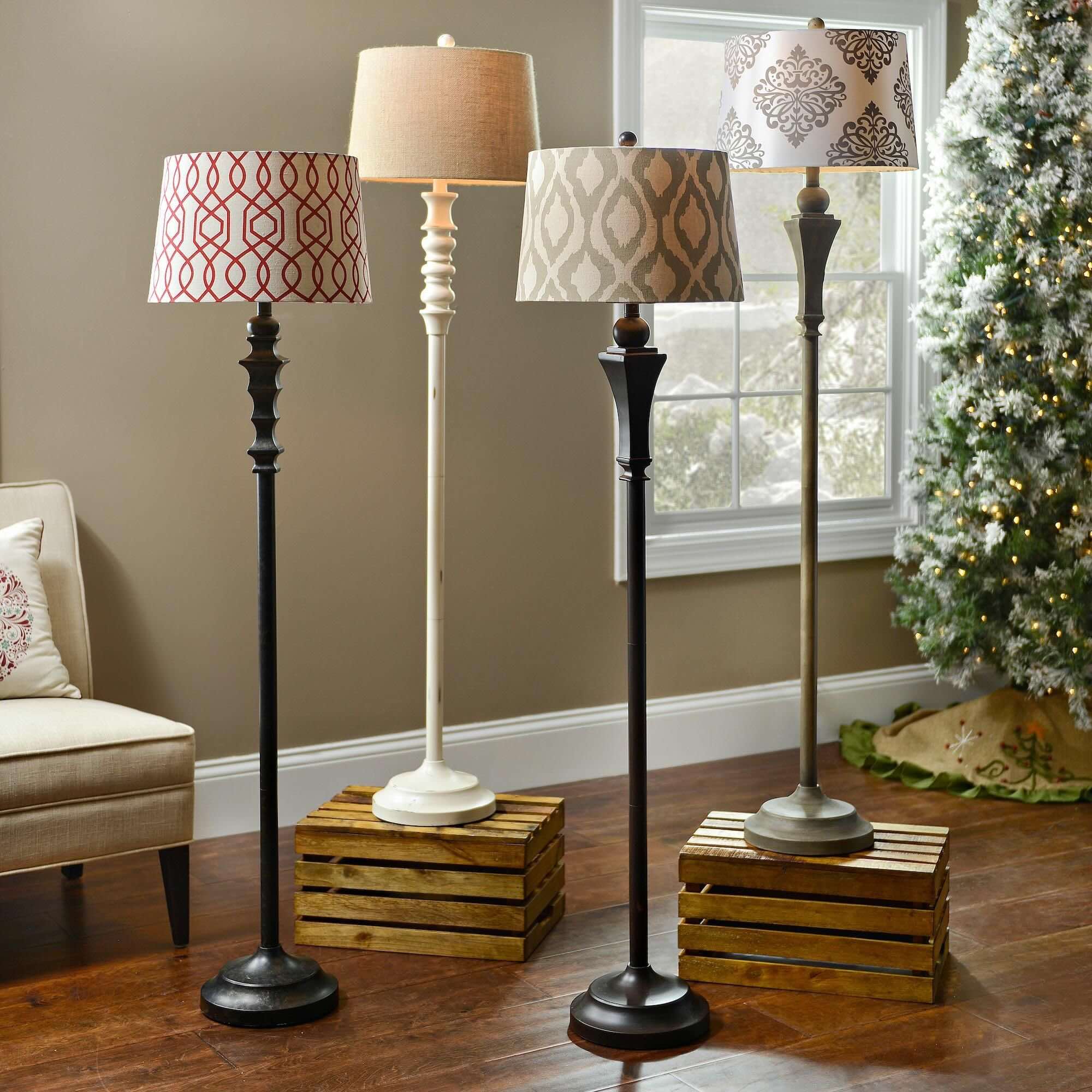
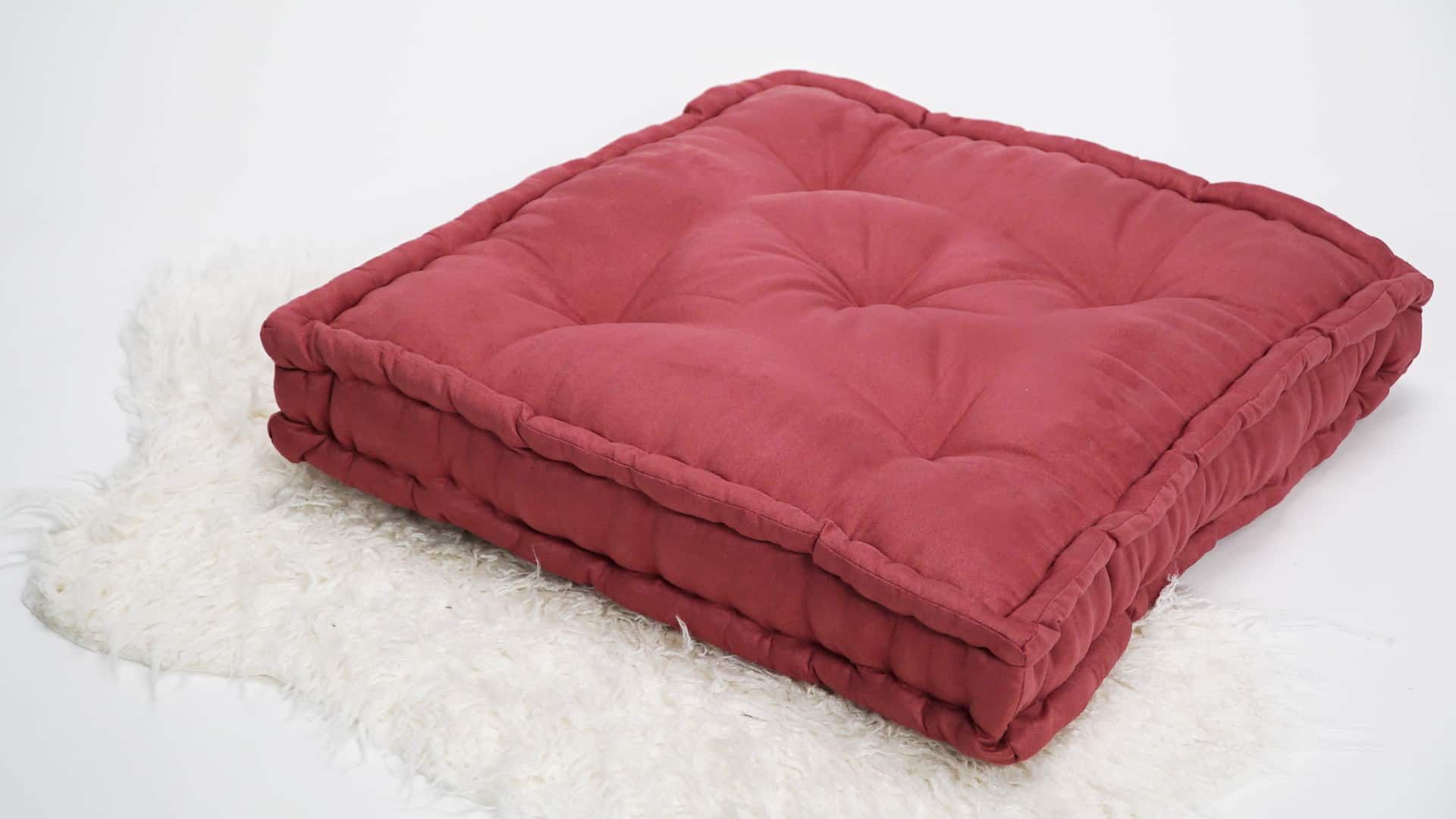
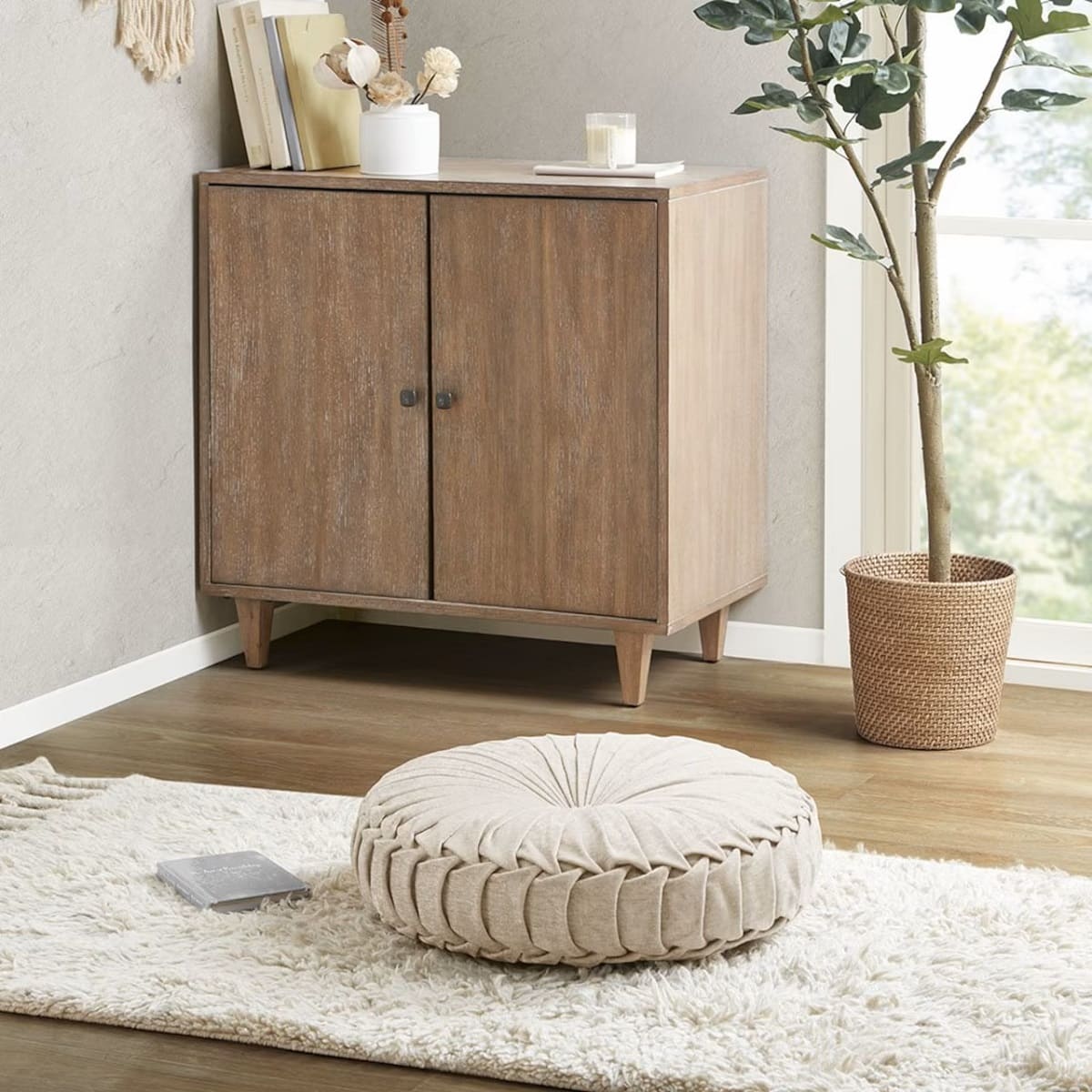
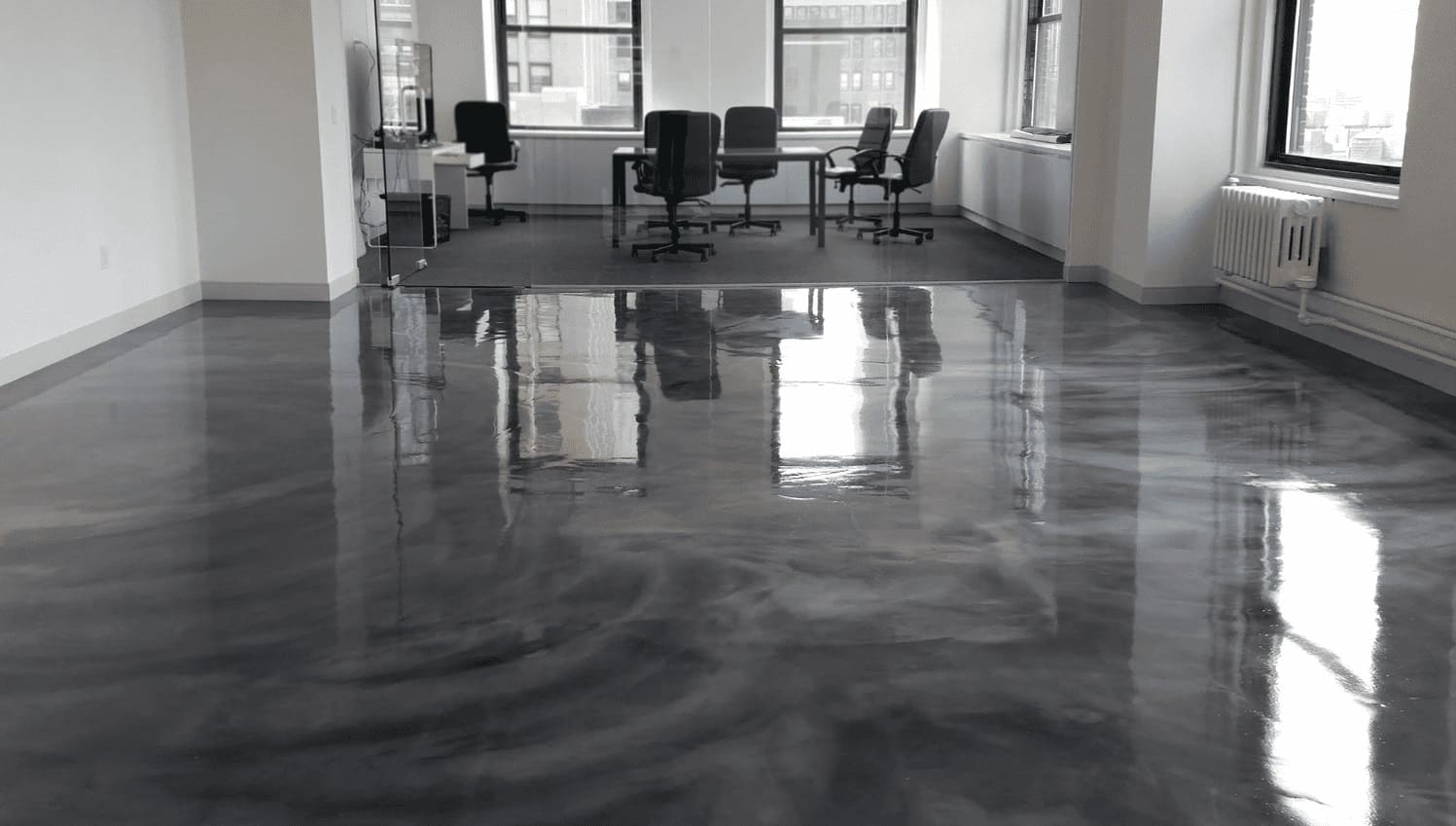
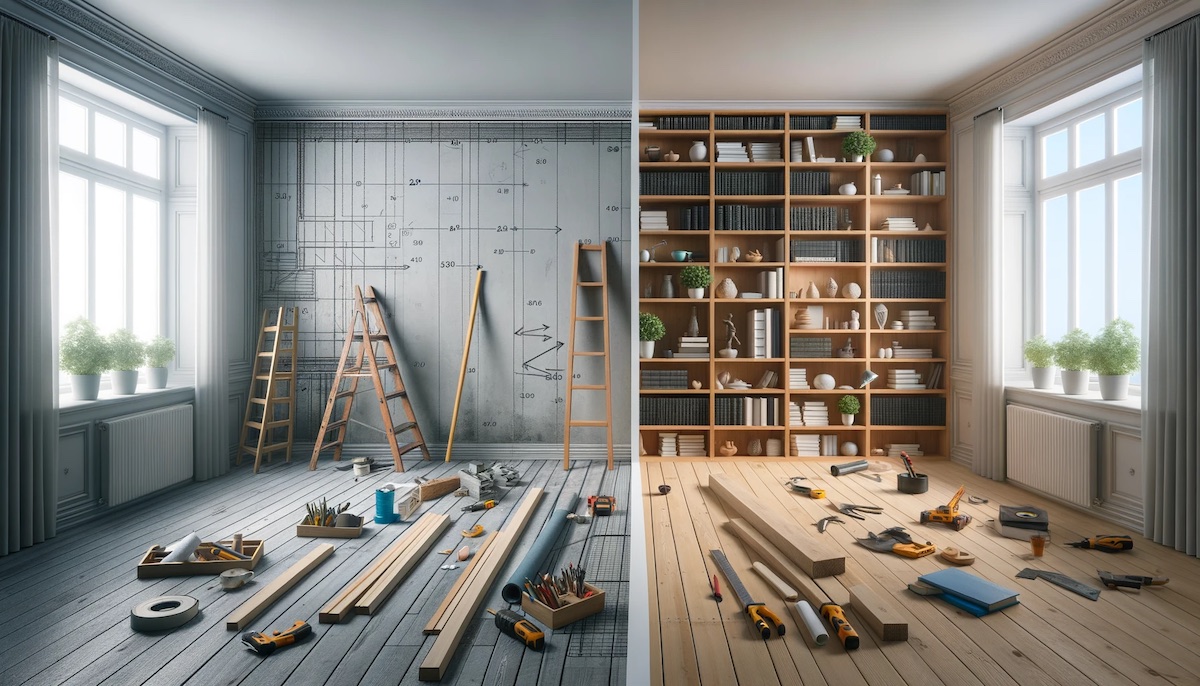

0 thoughts on “How To Make A Montessori Floor Bed”